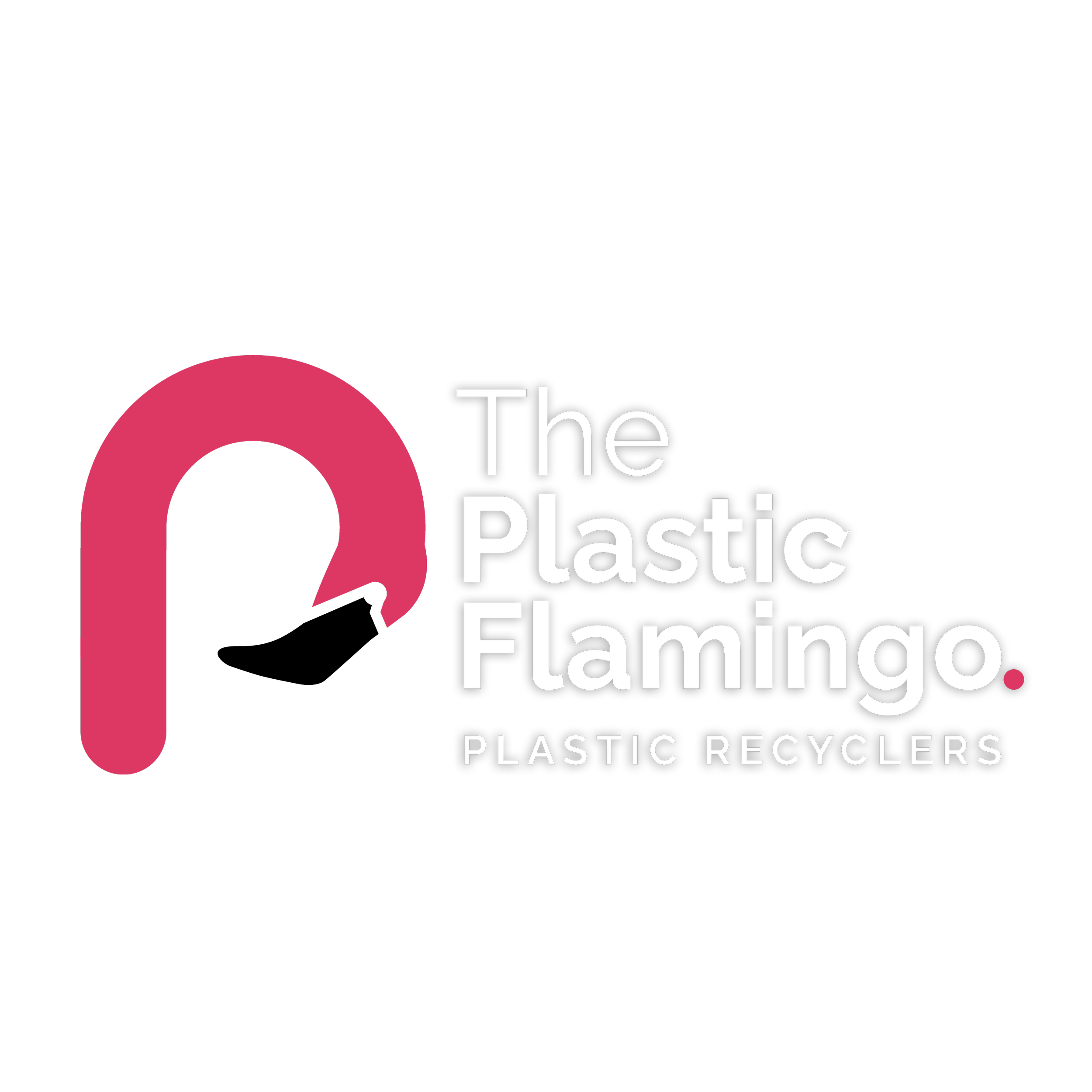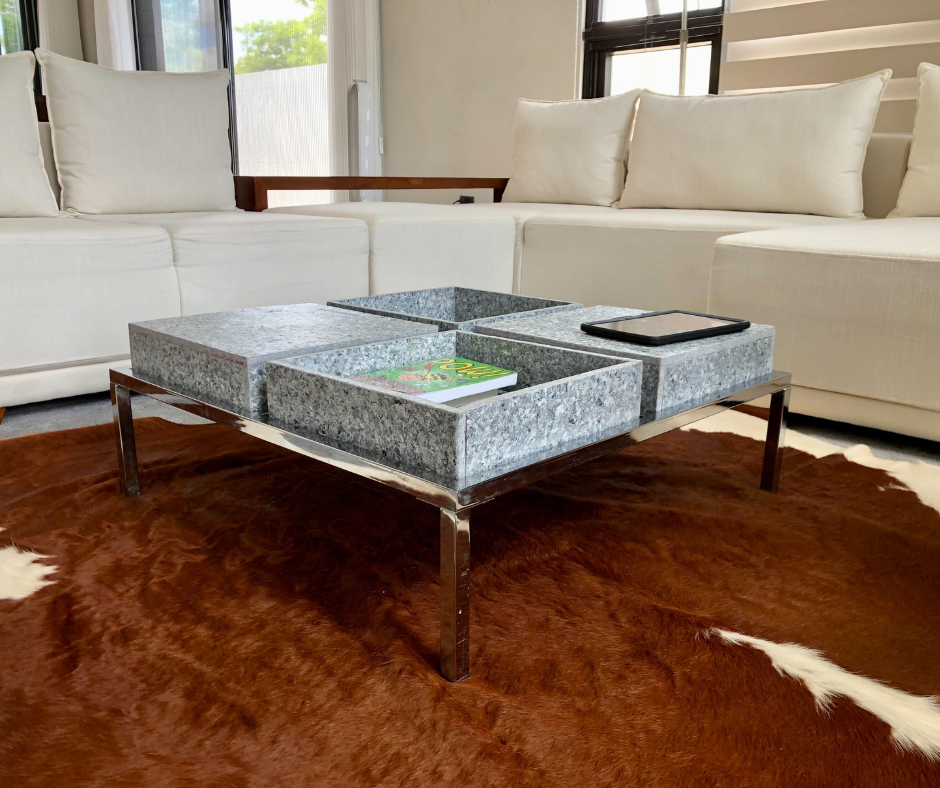Understanding Plastic Recycling: Processes and Benefits
Companies can contribute to sustainability efforts by adding recycled materials into their operations. Recycled plastic offers a versatile solution that can be used in building materials like recycled plastic boards.
In this blog post, we will explore how recycled plastic is made. We will focus on its transformation from waste to valuable resource.
3 minutes read
Sustainable office furniture design ideas to help improve your everyday productivity.
Understanding the Process
The journey of recycled plastic begins with collection. Waste plastic materials, such as bottles, containers, and packaging, are gathered from consumers, stores, schools, municipalities and recycling centers.
These plastics are then sorted based on their type and color. Sorting helps in maintaining the quality and performance of the recycled plastic products.
Once sorted, the plastic is cleaned thoroughly to remove any contaminants like dirt, residue, or labels. Cleaning is a critical step: we make sure that the recycled plastic meets high quality standards needed for building materials.
Shredding and Melting
After cleaning, the sorted plastic is shredded into flakes. Shredding increases the surface area of the plastic, making it easier to handle in subsequent processing stages. These plastic flakes are then melted down through extrusion process.
During melting, the plastic flakes are heated to a high temperature until they become molten. This molten plastic can then be molded into various shapes depending on the desired end product. For instance, if the goal is to produce recycled plastic boards, the molten plastic can be extruded into board-like shapes.
Forming Recycled Plastic Boards
To create recycled plastic boards, the molten plastic is typically extruded into long, continuous shapes that resemble traditional lumber. This extrusion process involves forcing the molten plastic through a die to form the desired profile of the board. The extruded plastic is then cooled and solidified to maintain its shape and structural integrity.
Recycled plastic boards offer several advantages over traditional building materials. They are lightweight yet durable, resistant to moisture, and require minimal maintenance. It also helps reduce virgin plastic use and diverts waste from landfills.
Quality Control and Testing
Quality control measures are implemented to ensure that the recycled plastic meets industry standards for strength, durability, and safety. At The Plastic Flamingo, we test tensile strength and flexibility, as well as resistance to environmental factors like UV exposure and temperature changes.
Environmental Benefits
Choosing recycled plastic over virgin plastic offers significant environmental benefits. Recycling plastic reduces the demand for new raw materials derived from fossil fuels, conserves energy, and decreases greenhouse gas emissions associated with plastic production.
For CSR managers and businesses committed to corporate social responsibility, integrating recycled plastic into their supply chains can enhance their sustainability credentials. It shows a proactive approach to environmental challenges.
Conclusion
Making recycled plastic involves several steps, from collection and sorting to shredding, melting, and forming into products like recycled plastic boards. Each stage plays a crucial role in transforming waste plastic into valuable building materials.










